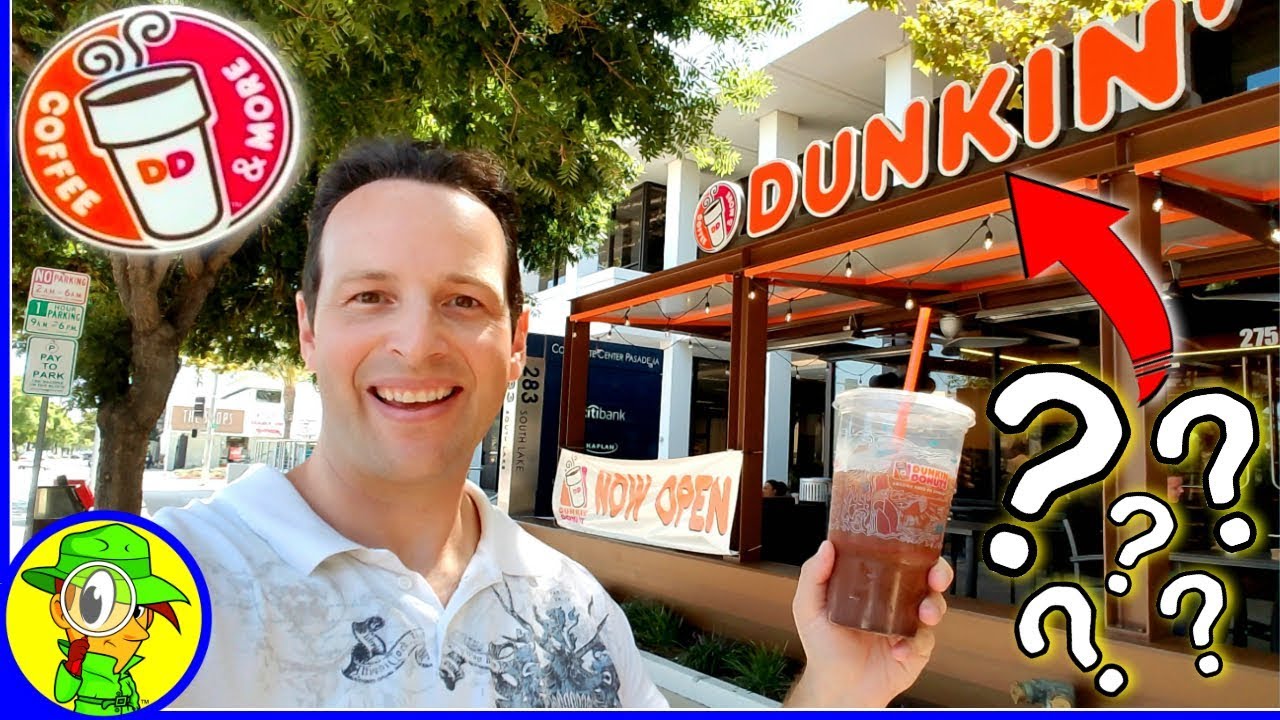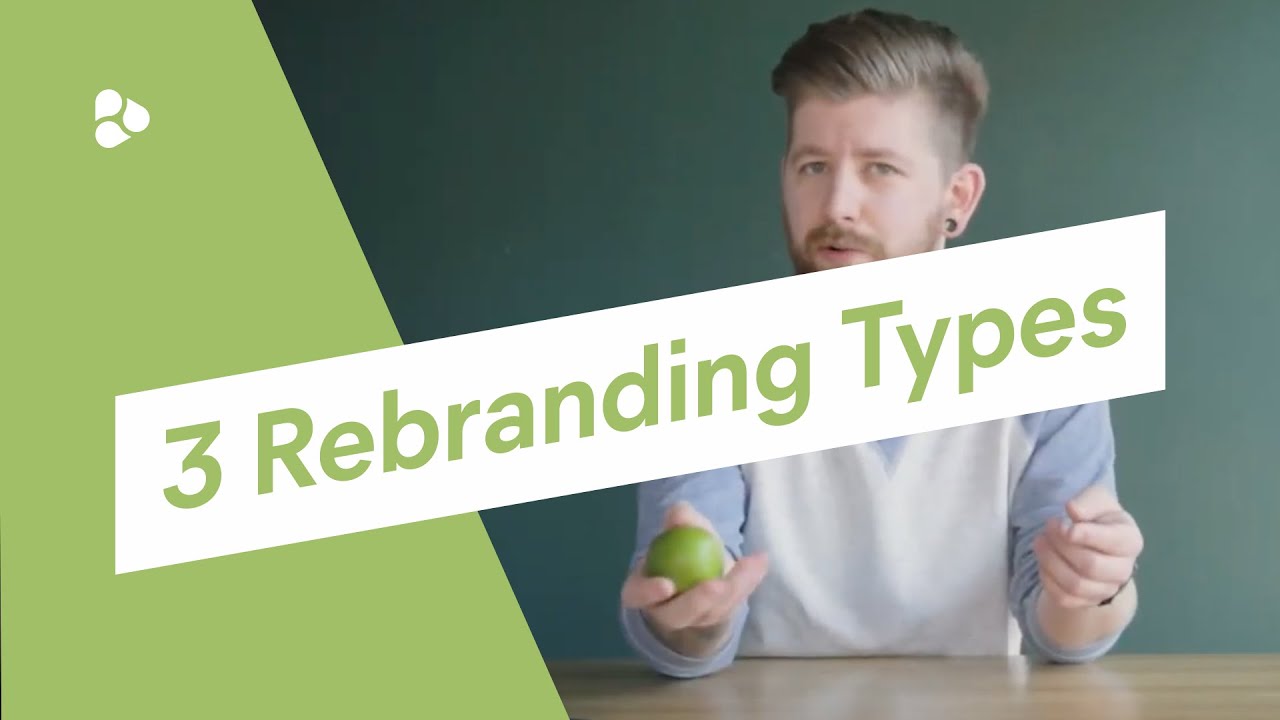The main goal of rebrandingis to reintroduce a product or brand in the hopes that this will lead to a big jump in sales.
But that doesn't always happen.
People who buy things don't always like change.
People sometimes even laugh at it.
Take Tropicana as an example.
Tropicana is one of the most popular brands of fruit juice, and its original packaging has the word "Tropicana" in big, dark green letters in the middle.
Right below it is the brand's signature image, which is a bright orange with a straw stuck in it. This gives the impression that drinking Tropicana is like drinking straight from an orange.
Smart, right?
So, to put it another way, why fix something that isn't broken?
Still, PepsiCo, which owns Tropicana Products, Inc., decided to change the brand.
The orange was replaced by a glass of orange juice with a straw.
Also, "Tropicana" was moved to the right side of the package. It is now printed vertically and in the same color as the other text.
To make a long, sad story short, Tropicana's attempt to change its name and image failed horribly.
Insider said that sales dropped 20 percent in the first month after the new packaging hit supermarket shelves.
It's equivalent to an estimated $20 million in lost sales!
How much did PepsiCo spend on the rebranding that didn't work?
From what I've heard, about $35 million.
What is this rebranding thing that could give a brand or product a new lease on life or be the shovel that buries it?

Dunkin' Donuts® Pasadena, CA | 1st Rebranded Location! 🍩☕
Rebranding Meaning
The fact that Tropicana's attempt to change its look didn't work shows that its regular customers liked the way it looked before.
Consumers didn't seem to like the look change.
So it makes sense that Tropicana got rid of the new design and went back to the old one.
To help you understand what rebranding is, let's first talk briefly about marketingstrategy.
The American Marketing Association has this to say about what a "brand" is:
“„A brand is a name, term, design, symbol, or any other feature that identifies one seller’s good or service as distinct from those Brand Merger Or Acquisitionof other sellers.
One type of marketing strategy is branding.
Marion Andrivet, who started the website The Branding Journal, which is about brand strategies, gives a short explanation:
“„A product is what you sell, a brand is the perceived image of the product you sell, and branding is the strategy to create that image.
Rebranding is another type of marketing plan.
3 Types Of Rebranding
Brand Merger Or Acquisition
This type of rebranding is when two existing brands come together to make a new brand.
When a businessis bought, its brands will become one.
When two brands come together, they work best when they go well together.
In other situations, it might be better to completely change the names of the two companies before merging them.
Be aware that a full rebranding might take more time.
Brand Refresh
What does it mean to "refresh" a brand?
Refreshing your brand can be as easy as changing your logo or as hard as changing your mission.
This takes a lot less time than rebranding your company completely, but you will need to update all copies of your logo, printed materials, website, and other design elements that are already out there.
Full Rebrand
A full rebranding means taking your brand apart and putting it back together from scratch.
You might be expanding your market into a new industry, or there might have been a big change in management.
Either way, a complete rebranding takes a lot of time.
You should only do this when you have no other choice, like when you can't reach your target market.
The best way to market is to connect with your target audience, so if you aren't doing that, you may need to rebrand your business.
Rebranding Considerations
Start With The Business Reasons For A Rebrand
Your company needs a logo and message for a new product.
Maybe your company's brand needs to be changed to look more professional.
Your brand message may no longer work for the people you want to reach or keep.
Market competition may make you rebrand.
You could fall behind if you don't adapt.
Because rebranding takes time and money, you must know why you're doing it.
What Do You Want To Stand For In The Future?
You want to rebrand your company for now and the future.
As you make changes, design your brand to be the kind of business you want.
When considering your core messaging, consider who you are, what you stand for, your brand promise, and where you want it to go.
Value proposition statements are part of brand messaging.
This is a clear, concise, and convincing statement about the benefits of your product, service, or solution.
Your strategic messaging should highlight your core values and differentiate your products and services.
Some future ideas can be implemented later, but planning for the future is best done by thinking about business growth.
Rebranding Process
Step 1 - Analysis
Before rebranding, do a thorough analysis.
If you don't know what you want to change, rebranding will be difficult.
This includes the issues that prompted the brand change.
Consider your market position, current and future products, and reputation.
You should focus on your own business as well as your target market and potential partners.
Make sure your new rebranding stands out by researching your industry and competitors.
Step 2 - Planning
After an in-depth analysis and conceptual framework, plan your rebranding.
How big your rebranding is affects this step.
Design relaunches require less planning than brand reorientations.
After rebranding, define your brand.
How should rebranded brand look?
After rebranding, figuring out your brand's DNA can be helpful.
You may need to change claims and ad copy, hire more people, or change products.
Step 3 - Design
Changing the look of a brand's logo is almost always part of rebranding.
Even if the logo stays the same, rebranding often means making changes to the website, marketing materials, or even the products themselves.
So, once you have a plan for rebranding, you can hire designers from inside or outside your company to make the changes you want to see.
Step 4 - Briefing
Before you tell the public about the results of your rebranding, you should let all employees who weren't involved in the process know.
Rebranding is a big change to your brand, and your employees must still be able to recognize it.
Employees who talk to customers and partners, in particular, are a big part of how your brand is seen by the outside world and must be brought up to speed on the changes.
Step 5 - Rollout
The rebranding rollout and public presentation is the final, most complicated step.
Social media, newsletters, and your website can tell customers and partners about new designs and ideas.
After the rebranding, another will come.
Analyze your rebranding results.
Change if necessary.
3 Most Common Types Rebranding Strategies
Brand Refresh Strategy
To update brand messaging after a change in how the business is run or to make the brand more relevant to new markets and audiences.
Brand Merger Strategy
After a merger or an acquisition, to bring the brand under the new parent company.
Brand Reinvention Strategy
To get a brand back on track after a bad crisis or to fix a bad business reputation.
A strategy can help you roll out a rebrand and make sure your goals are met, whether they are to keep your brand's legacy if your market changes or to launch a completely new brand in response to a crisis.
People Also Ask
How Much Does A Full Rebrand Cost?
Small businesses need $100,000 to $180,000 and six to eight months to rebrand.
The average B2B spends 5% of its income on marketing, according to studies.
A rebranding will cost 10-20% of your marketing budget.
What Brands Should Be Rebranded?
A good rebranding or brand refresh should aim to reach a new audience, get closer to customers, or change your business model.
Check your goals often to make sure you're on track.
This relates to communicating often with your team.
What To Do After Rebranding?
How do you make sure your brand's values are reflected in everything, from appearance to employee behavior?
Rebranding is an ongoing process. It must be maintained to work.Rebranding has many pitfalls. Companies don't do enough research. So focused on designing and promoting the new brand, they skip market research.
Conclusion
Rebranding is difficult.
Spend years and millions of dollars developing a foolproof rebranding strategy.
In the end, it's worth it because you'll avoid costly mistakes.
Early knowledge of a company's market position, brand loyalty, and customer perception can help steer or abort a rebrand.
Opposing views can be painful, but not as painful as a failed rebranding.


